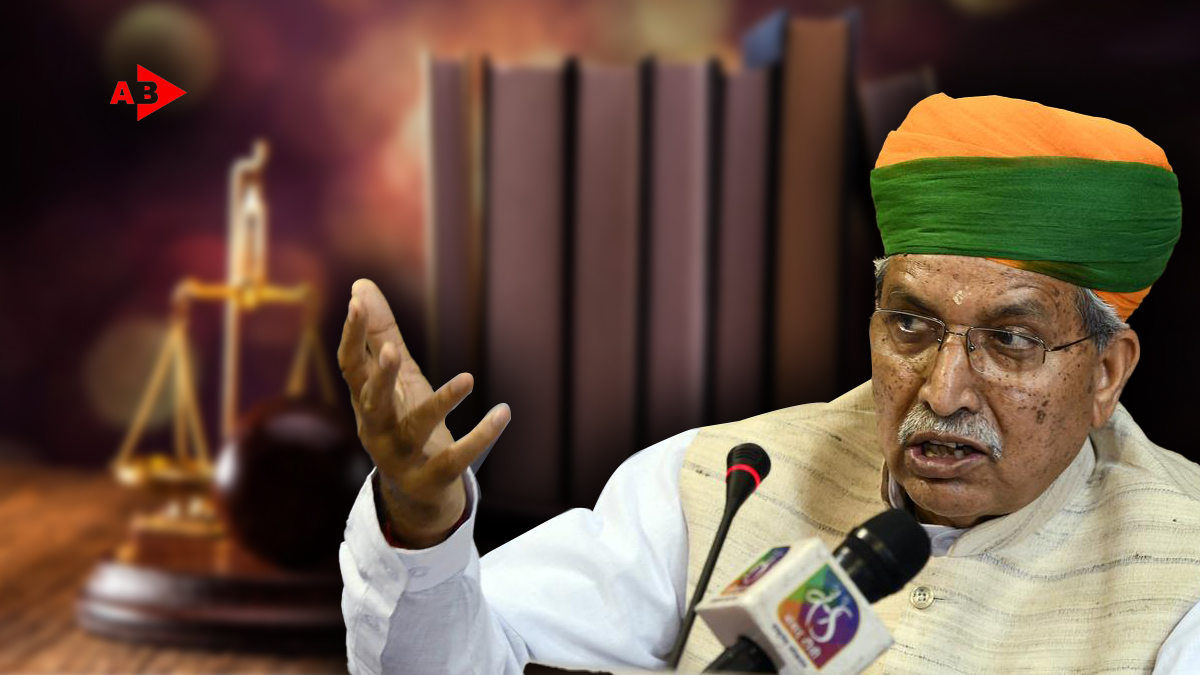
Amid mounting pendency and judicial vacancies, the call for greater accountability grows louder.
Jotirmoy Roy, November 30, 2024: The contentious issue of whether judges of the Supreme Court (SC) and High Courts (HC) should be legally mandated to declare their assets has once again taken center stage. Union Law Minister Arjun Ram Meghwal’s recent statement in the Rajya Sabha, asserting that the government has no plans to introduce such legislation, has rekindled discussions on transparency, judicial accountability and the independence of the judiciary.
This debate comes at a time when the judiciary is facing unprecedented challenges, with over 5 crore cases pending across courts as of November 21, 2024 and a significant shortage of judicial officers. The question of efficiency and accountability in the justice delivery system is more pressing than ever.
Transparency: A Public Demand
The demand for asset disclosure stems from the public’s expectation of transparency in governance. Judges, who hold immense constitutional authority, are entrusted with decisions that impact fundamental rights and national policies. Ensuring their financial integrity through mandatory asset declarations is seen as essential for maintaining public trust.
The 2023 report by a Parliamentary Standing Committee on Judicial Processes and their Reform recommended a legal mandate for judges of the higher judiciary to disclose their property. While voluntary measures exist, such as the Restatement of Values of Judicial Life (1997) and a 2009 Supreme Court resolution to publicly disclose assets, these lack enforceability. Critics argue that voluntary frameworks fail to instill the same level of public confidence as legally binding obligations, especially in a democratic setup where transparency is a cornerstone.
Autonomy: The Judiciary’s Perspective
Opponents of mandatory asset disclosure argue that it could undermine judicial independence, a fundamental principle that separates the judiciary from executive interference. A legal requirement to disclose assets might expose judges to undue scrutiny or political targeting, threatening their ability to make impartial decisions.
The judiciary’s existing voluntary asset disclosure framework, though limited, reflects its commitment to accountability while preserving its independence. Striking a balance between transparency and autonomy remains a delicate task.
A Looming Crisis: Pendency and Vacancies
Beyond the transparency debate, the judiciary is struggling with systemic inefficiencies. The subordinate courts have over 5,000 vacant positions, High Courts lack more than 360 judges and the Supreme Court currently has two vacancies. Case backlogs are escalating, with subordinate judiciary cases rising by over 9 lakh in just 11 months.
While transparency in judicial conduct is vital, addressing these structural issues is equally, if not more, urgent. The growing pendency undermines the judiciary’s effectiveness and directly impacts citizens’ access to justice.
The Way Forward
To address public concerns without compromising judicial independence, the judiciary could enhance existing voluntary disclosure mechanisms, ensuring they are transparent and accessible. Simultaneously, systemic reforms such as expediting judicial appointments and optimizing court processes are crucial to reducing pendency.
Collaboration between the judiciary, executive, and legislature is essential to resolving these challenges. While the judiciary must proactively strengthen public trust, the government must focus on addressing institutional hurdles without infringing on judicial autonomy.


